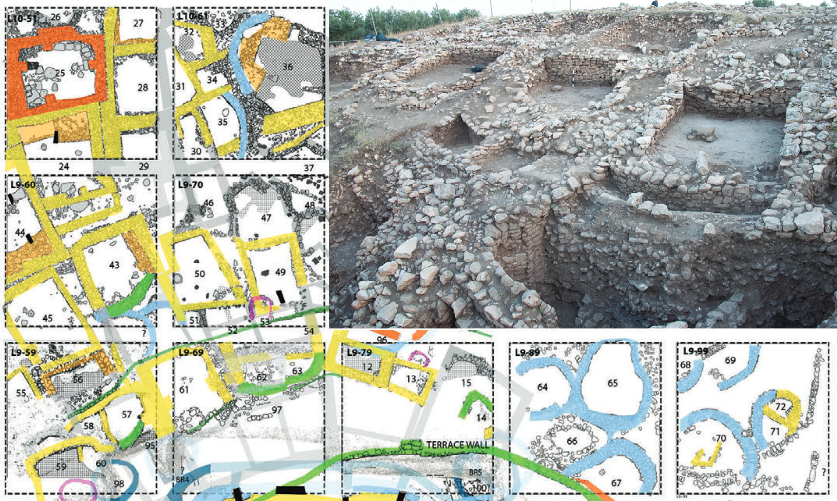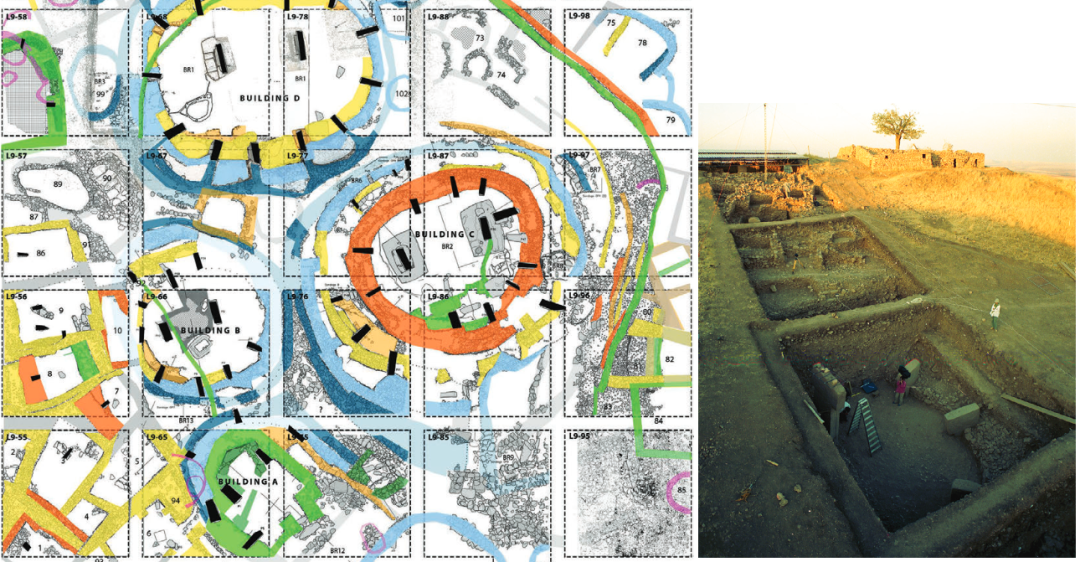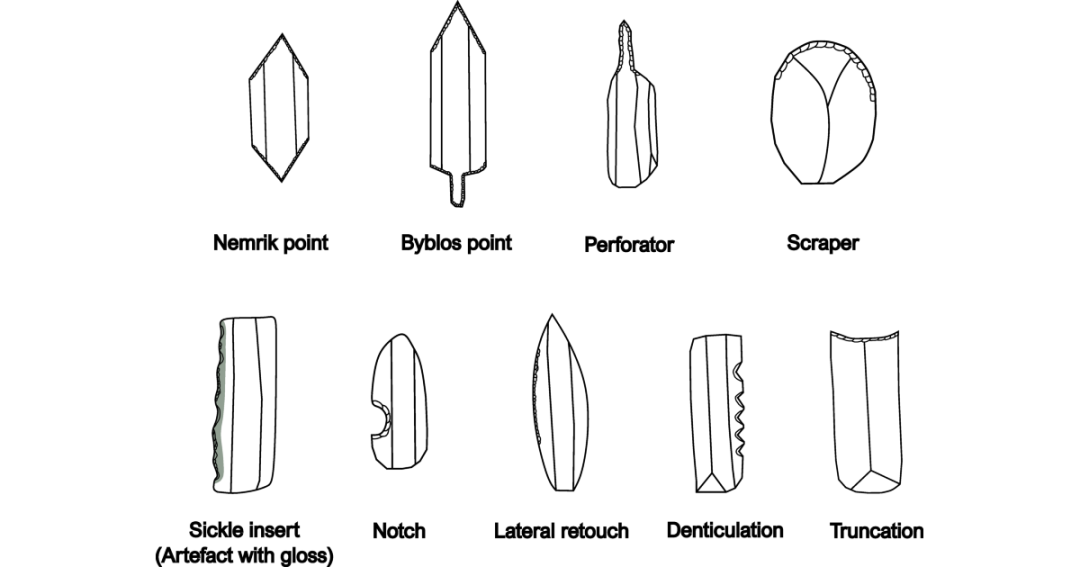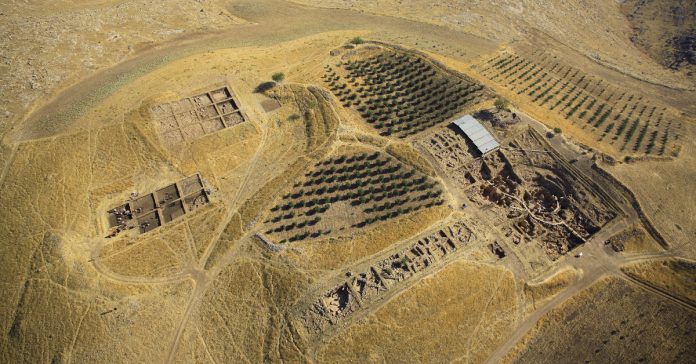
For decades, Göbekli Tepe has captivated the world as an enigma, a sprawling complex of T-shaped limestone pillars in southeastern Turkey, dating back over 11,000 years to the Pre-Pottery Neolithic period. Long hailed as the “world’s oldest temple,” it was thought to be a purely ceremonial site, a place where hunter-gatherers gathered episodically to erect monumental enclosures adorned with animal carvings. But recent excavations are rewriting this narrative, revealing that Göbekli Tepe wasn’t just a ritual hub; it was a bustling settlement where people lived year-round, blending the sacred and the everyday in ways that challenge our understanding of early human civilization.
A Shift in Perspective
Since German archaeologist Klaus Schmidt began uncovering Göbekli Tepe in 1995, the site’s massive pillars, some towering up to 18 feet and weighing 10 tons, suggested a level of organization and effort that defied the image of simple nomadic bands. The prevailing theory held that it was a cultic center, built before the advent of agriculture and sedentary life, prompting debates about whether religion drove the rise of villages rather than the other way around. But under the direction of Dr. Lee Clare and the German Archaeological Institute (DAI), in collaboration with the Şanlıurfa Museum, deeper digs since around 2019 have unearthed evidence that flips this idea on its head: Göbekli Tepe was home to a thriving community.
Houses, Cisterns, and Daily Life

The latest discoveries include domestic structures, actual living quarters, (Highlighted in yellow) scattered around the iconic enclosures. These aren’t flimsy shelters but solid houses, some with stone foundations, hinting at permanence. Alongside them, archaeologists have found rainwater collection systems, including cisterns and carved channels, designed to sustain a population through dry seasons. Perhaps most telling are the thousands of grinding tools uncovered, hand-sized stones used to process wild grains like wheat and barley. These findings, part of the broader Taş Tepeler project exploring Neolithic sites in the region, paint a picture of a settled life where people not only worshipped but ate, slept, and worked.

This isn’t the Göbekli Tepe of old assumptions “a temporary gathering spot abandoned after rituals.” Instead, it’s a village where the monumental and the mundane coexisted. The grinding tools suggest food preparation on a scale beyond mere feasting, pointing to a stable food supply, possibly a step toward early agriculture. The water systems show planning and engineering, ensuring survival in the hilly landscape of what’s now Şanlıurfa province. Together, these clues indicate that Göbekli Tepe’s inhabitants weren’t just passing through, they were putting down roots.
Rethinking the Neolithic Revolution
The implications are profound. If Göbekli Tepe was a settlement as early as 9600–7000 BCE, it blurs the line between hunter-gatherers and farmers. Mainstream archaeology has long argued that permanent villages emerged after agriculture, as people settled to tend crops. Yet here, domestic life appears alongside monumental construction, predating widespread farming by centuries. Did these people begin experimenting with cultivation earlier than thought, or did their social complexity, evident in the labor-intensive pillars, sustain a sedentary lifestyle without it? The presence of wild grains suggests they were still foraging, but the volume of tools hints at something more systematic.
Dr. Clare and his team propose that Göbekli Tepe mirrors other Pre-Pottery Neolithic sites, like Çayönü or Nevalı Çori, where ritual spaces and living areas overlapped. The enclosures, with their carvings of foxes, snakes, and birds, may have served as communal hubs—think town squares rather than distant shrines—around which daily life revolved. This challenges the “temple-first” hypothesis, suggesting instead that spirituality and settlement evolved hand in hand.
A Window into the Past
The discoveries also humanize Göbekli Tepe’s builders. No longer faceless pilgrims, they emerge as families and neighbors, crafting tools, storing water, and perhaps gazing up at their own handiwork under the Anatolian sky. The site’s age, predating Stonehenge by 6,000 years and the pyramids by 7,000, makes it a time capsule of humanity’s transition from nomadic bands to complex societies. Its location near the Fertile Crescent, a cradle of civilization, only deepens its significance.
Yet questions linger. How many lived here? Were the enclosures built by residents or visiting groups? And what prompted such monumental effort so early in human history? Ongoing excavations, supported by the Turkish Ministry of Culture and Tourism, promise more answers as the Taş Tepeler project continues to peel back layers of soil and time.
A New Chapter
Göbekli Tepe’s story is far from over. What began as a mystery of towering stones is evolving into a tale of a lost village, a place where ancient people wove their lives into the landscape, leaving behind not just temples but homes. As archaeologists sift through the dirt, they’re not only uncovering artifacts but reshaping our view of the past, one grinding stone at a time.
For More on Göbekli Tepe and the larger context of T-Pillar sites in the Şanlıurfa region check out Göbekli Tepe and Nevalı Çori: Cornerstones of a Lost Civilization

